When basking in the warm glow of a well-made video game, it can be easy to forget the ones that fell by the wayside. These are the games that seemed at one point so full of promise, but which utterly failed to stick the landing. It’s a tale as old as time — or at least as old as video games — but it still stings when it happens. Here are the biggest flops to (dis)grace our consoles over the years. Hey, they can’t all be winners.
Related: The 10 best games to play on an iPad
The most disappointing games ever
Aliens: Colonial Marines

On paper, Aliens: Colonial Marines sounded like an action-horror enthusiast’s dream come true, and early screenshots and demos seemed to show a game that would live up to that hype. A victim of development turmoil, Colonial Marines wouldn’t rear its head until 2013, after six years of production time. Surely, after all that time, the game would at least be good.
Unsurprisingly for anyone who read the title of this list, Colonial Marines was not, in fact, good. Players complained of ugly visuals and lackluster level design, but the real star of the show was the eponymous aliens’ AI parameters. Rather than the deadly and threatening abominations of the movies, Colonial Marines’ xenomorphs preferred to gallop around in circles, get stuck on level geometry, and occasionally just straight up run away. Even better, it transpired that much of this artificial stupidity was down to a typo of a single letter in the game’s code — a relatively simple fix, but one that eluded Gearbox Software at the time.
Assassin’s Creed Unity

Assassin’s Creed was something of a juggernaut in the early 2010s, approaching the likes of Call of Duty in terms of its influence, popularity, and annual release schedule. 2014 was a particularly bumper year for the franchise, releasing not one but two games side by side: Assassin’s Creed Unity and Assassin’s Creed Rogue. In retrospect, that may have been a bridge too far for Ubisoft.
When Assassin’s Creed Unity launched, the immersive experience of exploring a gloriously-rendered Paris in the middle of the French Revolution was marred by an impressive backlog of bugs and technical issues, not least of which were problems with models and textures that made characters look as though they’d had their faces torn off. On top of that, fans of the previous year’s Assassin’s Creed: Black Flag lamented the return to the older city-based exploration and mission structure, while praising Rogue for allowing them more ship-based gameplay. Meanwhile, fans of the older games complained that Unity did very little new and that protagonist Arno was a less charismatic knock-off of series favorite and Italian heart-throb Ezio Auditore di Firenze.
Cyberpunk 2077

It’s difficult to imagine a game with Keanu Reeves in such a prominent role ever facing any negative publicity, but somehow CD Projekt Red managed it with Cyberpunk 2077. Prior to its 2020 release, anticipation for the game was at a fever pitch — after all, the next major RPG from the creators of The Witcher 3 was bound to be a slam dunk.
However, its release was plagued by bugs and technical issues, and the game experience varied wildly across the different platforms, with then-current-gen PS4 and Xbox One ports being rendered almost unplayable for many people. Add to all that an epilepsy trigger that slipped under the radar at launch, a poor portrayal of trans people, the fact that the game was actually delisted from the PlayStation Store amid promises of refunds, and numerous other issues, and CDPR ended up with a giant mess on its hands. Over time, the game has improved, but the launch window still stings for many.
Duke Nukem Forever

Let’s face it — it wouldn’t be a list of disappointing games without a reference to the most infamous piece of almost-vaporware in video game history. The sequel to 1996’s Duke Nukem 3D was originally slated for a 1998 release, but ended up getting kicked further and further down the road in a truly astonishing display of game development purgatory. After over 14 years in and out of development hell, Duke Nukem Forever finally released for PC, Xbox 360, and PS3 in the far-flung future of 2011. And honestly, it probably should have stayed in limbo.
DNF was panned across the board, with underwhelming graphics, boring gameplay, and poor level design chief among the criticisms. But on top of all that, there was the simple fact that it wasn’t the 90s anymore. The over-the-top machismo of Duke Nukem had crossed over from edgy to cringe-inducing, and the casual sexism and tasteless jokes didn’t work for players in the 2010s the way they might have done in 1998. Duke Nukem Forever was a game out of time, and it wasn’t even a good one at that.
Mass Effect: Andromeda

Coming off the heels of a beloved trilogy of sci-fi space adventures, Mass Effect: Andromeda already had pretty big shoes to fill. Sure, the ending of Mass Effect 3 had proven something of a controversial move, but by and large, the first three games were some of the most popular ever made, and so Andromeda would no doubt have to pull out all the stops to top the experience.
Unfortunately, it wasn’t quite enough. Andromeda launched in 2017 to almost universal disdain, with unsettling facial animations, an uninspiring story, and characters that just didn’t seem quite as likable or memorable as those from the original trilogy. That natural gravitation toward comparison was really Andromeda’s downfall — on its own, it might have been considered a fine game, but as a successor to the Mass Effect mantle, it was ultimately deemed unworthy.
Mighty No. 9

Mega Man fans didn’t have a lot to look forward to back in the mid-2010s. No new games in the series had been announced since the release of the modestly-successful Mega Man 10 in 2010, and Capcom seemed to have no interest in even talking about one of its most beloved franchises. So when Mega Man alumnus Keiji Inafune popped up in 2013 to announce a Kickstarter campaign for a spiritual successor to the series called Mighty No. 9, fans were over the moon.
The project was swiftly funded, but numerous delays soured many prospective players on the game before it was even released. When it did eventually surface in 2016, Mighty No. 9 was torn apart by press and players alike. Bugs, some divisive graphical choices, and inexplicable lag and stuttering issues even on latest-gen hardware were all just the icing on the cake of an aggressively average game that had all the flaws and none of the charm of classic Mega Man titles. The game was so badly received, in fact, that planned ports to the 3DS and PlayStation Vita were quietly shelved, despite successfully hitting the stretch goal for them on the Kickstarter campaign.
No Man’s Sky

It’s always tempting to dream big when designing a game, but occasionally someone flies a little too close to the sun in the excitement of all the breathless PR. The early 2000s had the infamous Peter Molyneux, but the poster-child for overpromising in a game in more recent history has to be Hello Games’ Sean Murray. No Man’s Sky was first revealed in 2013, and soon Murray could be found on the interview circuit waxing lyrical about the exciting and novel additions being baked into the game.
On its release in 2018, though, players were dismayed to discover missing features and a boring gameplay loop. While the technological ingenuity of the proc-gen system impressed many, it soon became apparent that being able to generate 18.6 quintillion unique planets didn’t equate to being able to generate 18.6 quintillion interesting planets. The disappointment was staggering considering the scale of the hype machine in the run up to the game’s release, but in contrast to the Peter Molyneuxes of the world, Murray and the rest of the team at Hello Games quietly knuckled down and worked on updating and improving the game over time. These days, No Man’s Sky actually has quite the dedicated following and is almost unrecognizable compared to its 2018 release.
Resident Evil 6

It’s a little difficult to even consider Resident Evil 6 as part of the franchise as a whole. Following the more action-oriented successes of Resident Evil 4 and 5, 6 decided to go all in on cinematic set-pieces, quick-time events, and high-octane thrills. That was the plan, anyway.
In reality, Resident Evil 6 ended up a mish-mash of different playstyles and mechanics that all no doubt sounded better on paper. With four different campaigns to play, no one story really takes focus, either narratively or mechanically. As a result, nothing feels quite right. Story beats don’t land well, gameplay segments seem loosely stitched together, and the whole debacle just feels unsettled and poorly designed. On the plus side, the nasty shock of Resident Evil 6’s low sales numbers clearly forced Capcom to reconsider the trajectory of the series, leading to a resplendent return to its horror roots in Resident Evil 7.
Sonic the Hedgehog (2006)

The blue blur has had something of a checkered history over the years, with excellent 2D platformers giving way to some questionable 3D games. Most questionable of all was, of course, 2006’s Sonic the Hedgehog. The game would likely have made this list for the story alone, featuring tone-deaf edginess alongside melodrama that is hilariously out of place in the hands of a crew of colorful cartoon critters. And that’s without even mentioning That Kiss.
Of course, to even experience that bizarre story you had to be able to actually play the game, and Sonic 06 did its absolute damnedest to make that as difficult as possible. The camera would staunchly refuse to point in the correct direction, you could write the next great American novel in the time it took some areas to load, and the invisible walls of levels often turned out to be polite suggestions at best. Still, the abjectly buggy state of the game did at least lead to some creative speedrunning techniques.
Star Wars Battlefront II

Another game that managed to miss the mark even with some of the titans of the entertainment industrial complex behind it, Star Wars Battlefront II ultimately failed not necessarily because of its gameplay, graphics, or story, but because of the corporate mismanagement surrounding its development and release. EA set players’ expectations by promising all the game’s post-launch content would be available for free, with no season passes or other expensive strings attached. But upon the release of the public beta, players began to notice the presence of randomized loot boxes containing powerful upgrades and the like, which EA would later explain away in a blog post as an opportunity to try out some new ideas for progression.
Loot boxes and microtransactions would prove central in the subsequent controversy that would surround Battlefront II. Several botched attempts to patch things up with irate fans and a hefty pinch of flip-flopping on the question of the progression system later, Battlefront II was the subject of an investigation by Belgium’s Gaming Commission in late 2017. The game limped on for a few more years and received its last major content update in 2020.

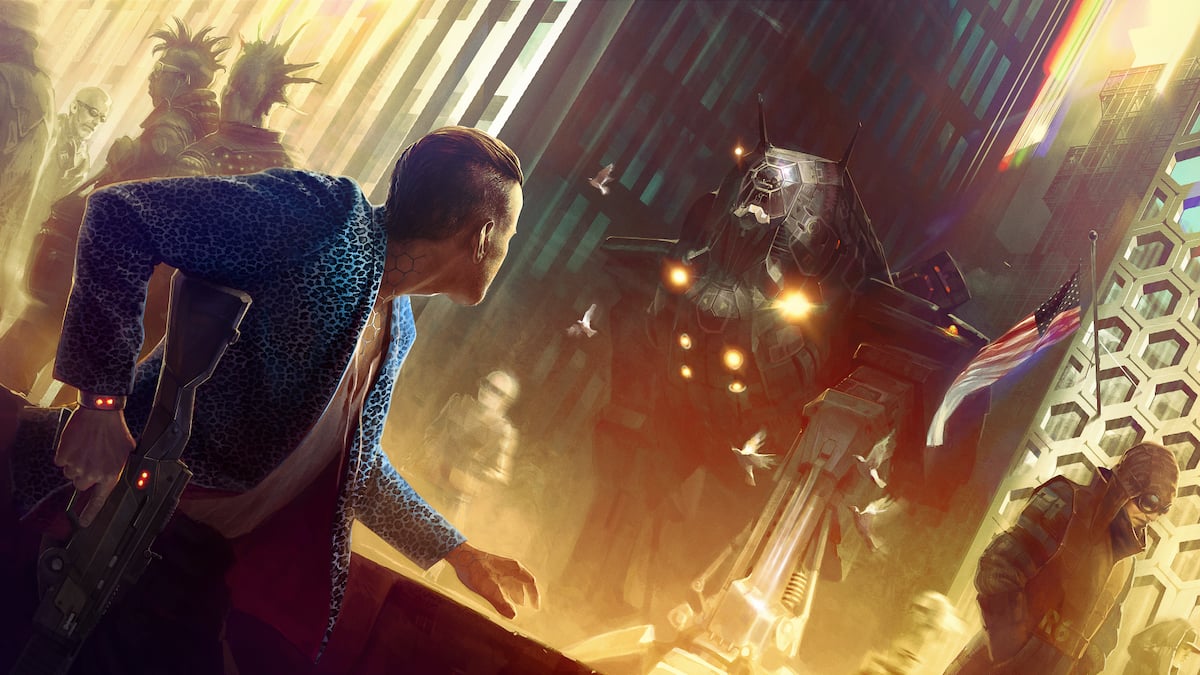
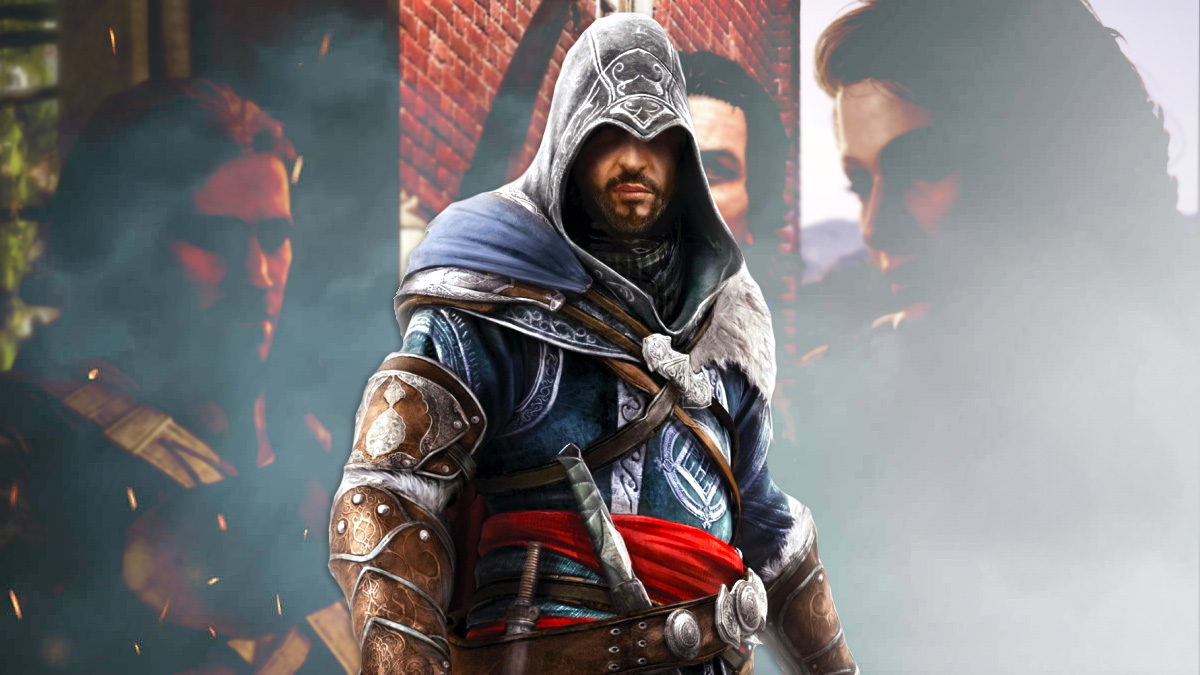
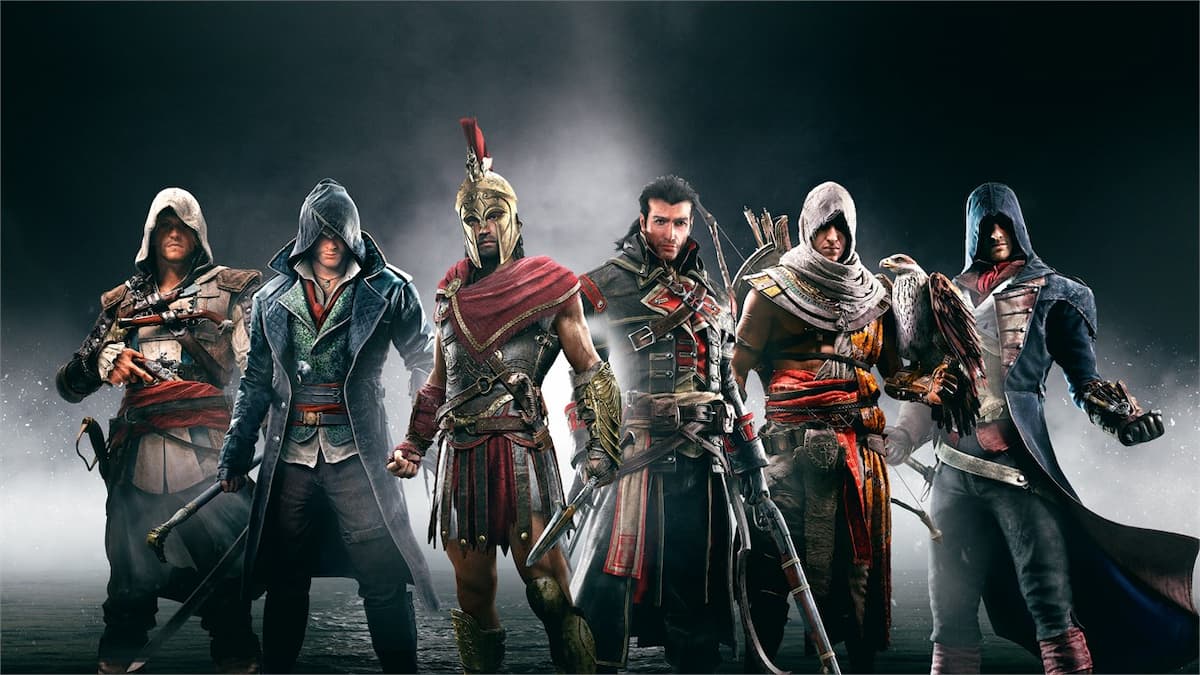
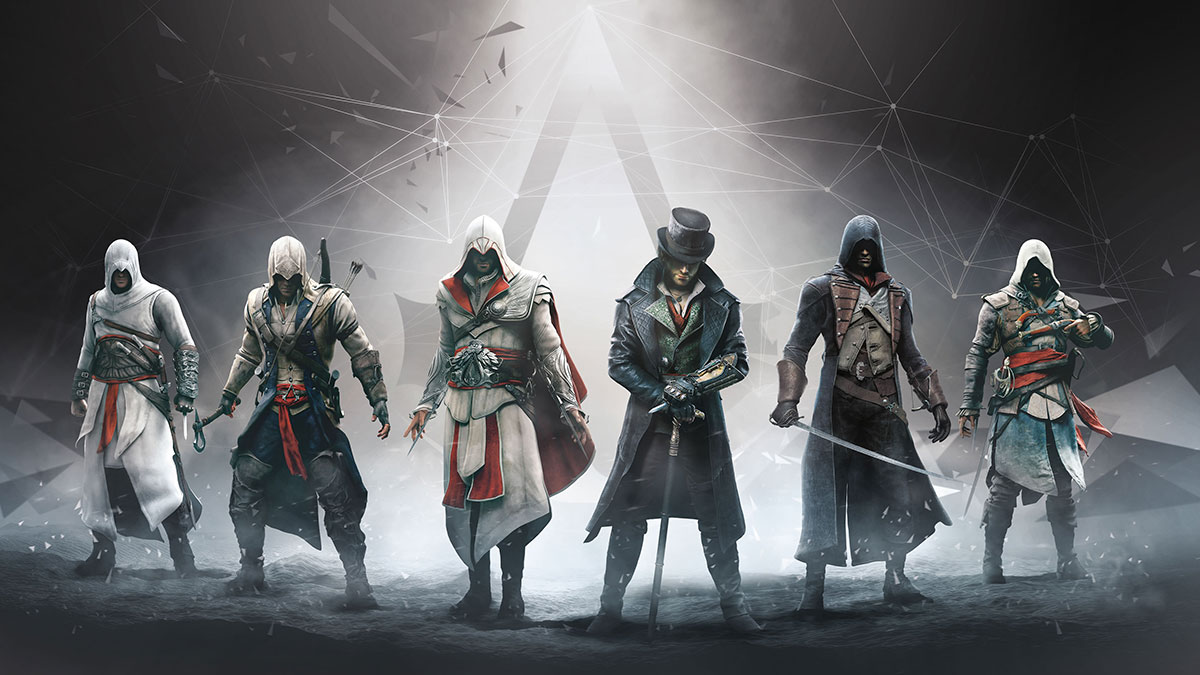
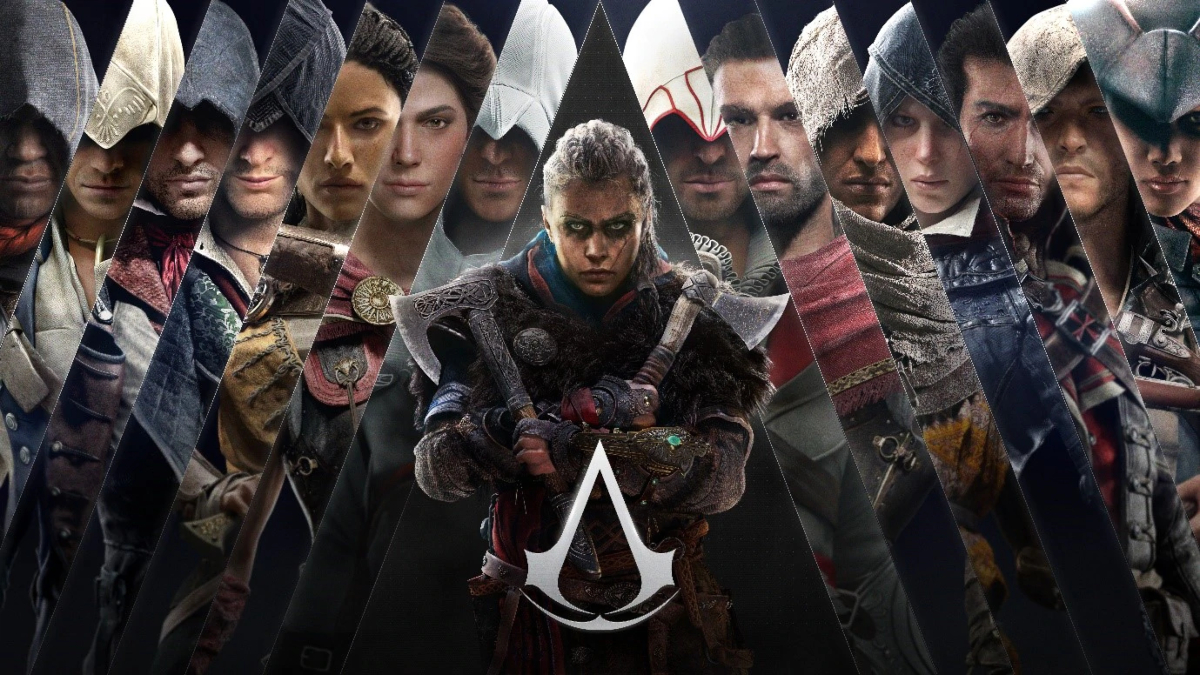
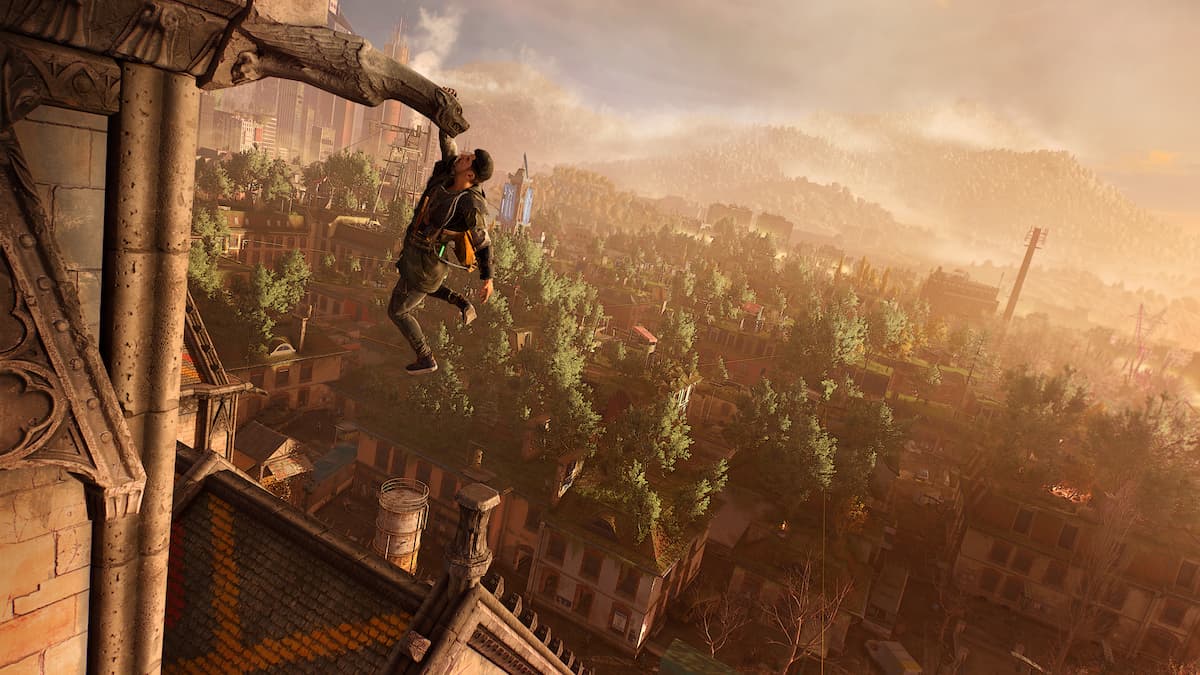
Published: Aug 16, 2022 02:28 pm